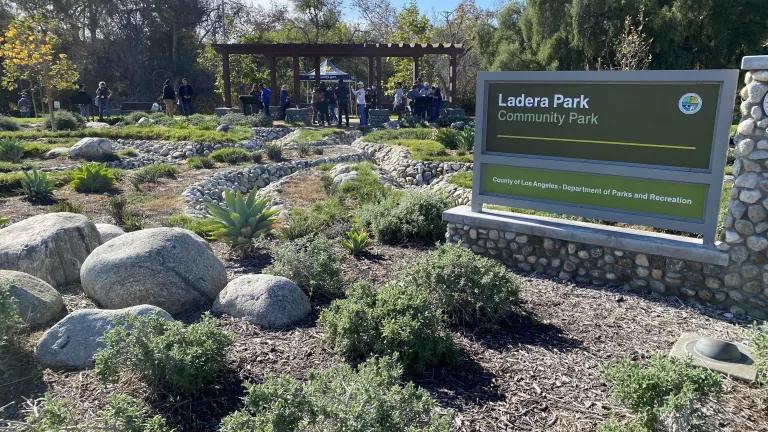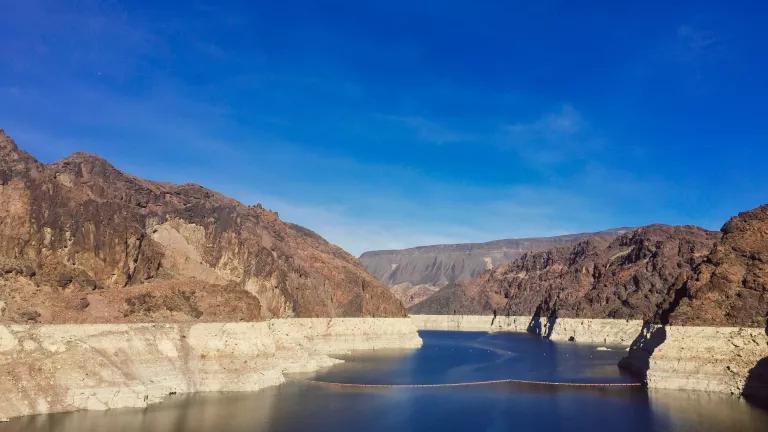Yesterday, the Pacific Fishery Management Council voted to close the salmon fishing season throughout California in 2009. This will be only the second time in the State's history (last year was the first) that the fishery will be completely shut down. The closure will result in fishing boats tied up at the docks, fishermen put out of work, and fishing guides, hotels, and fishing related tourism will all be adversely affected. The Department of Fish and Game last year estimated that the closure would result in the loss of more than $255 million and more than 2,200 jobs.
Of the nearly 30 million juvenile salmon that are released from hatcheries, and the juvenile salmon born to fish that naturally spawn in Central Valley rivers, only an estimated 66,200 fish returned last year (less than 1%), far too few to sustain the fishery. Only a few years ago, more than 500,000 salmon returned. The fishery closure was expected, and is necessary, but it's also not enough to restore our salmon fisheries to health over the long run, let alone protect the other endangered salmon and steelhead runs.
Scientists are pointing the finger at unfavorable ocean conditions as the immediate cause of the fishery collapse. But equally important, they find that conditions in the rivers are what made the collapse possible. To paraphrase their report, they find that California's salmon are getting hit with a one-two punch of poor ocean conditions and poor river conditions. In other words, while poor ocean conditions provided the knockout punch for salmon, conditions in the Delta and Sacramento and San Joaquin Rivers constitute the 9 rounds of body blows and head shots that led up to the knockout punch.
Ongoing research is finding that only a very small percentage of the juvenile salmon survive the trip from downstream to the ocean - as few as 2% in some years. By way of contrast, a recent study found that nearly 30% of the juvenile salmon survive the downstream migration on the Columbia River, despite the dams. That helps give a sense of just how sick the rivers in the Central Valley are.
The National Marine Fisheries Service has tentatively found that the coordinated state/federal system of reservoirs and pumps that exports water from the Delta and upstream is jeopardizing the continued existence of several salmon runs, as well as killer whales offshore. NRDC came to a similar conclusion, reporting that unsustainable water exports and other impacts of the water projects threaten the salmon fishery, and offering solutions, including the "Virtual River" of new alternative water supplies, to restore salmon and sustain people and fish for the future.
Ultimately, we can't control ocean conditions, but we can restore and protect our rivers in order to provide the water and habitat that fish need. For consumers who want fresh California salmon, for the sport and commercial fishermen out of work and off the water, and for all the businesses and communities across the State that depend on healthy salmon fishing to sustain their local economies, the answer is simple: it's time to restore our rivers, and invest in the Virtual River of alternative water supplies to sustain fish, fishermen, farmers, and all of us.



